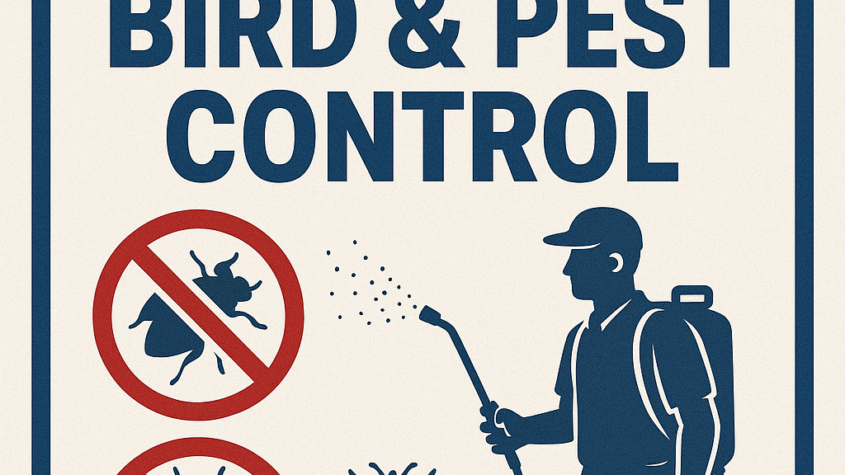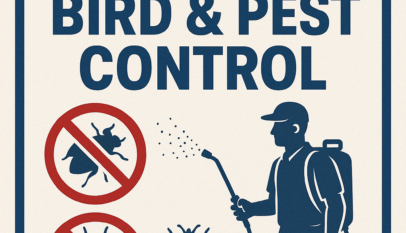
Mice can be a significant nuisance for homeowners in Langley, often leading to health concerns and property damage. Effective mice removal Langley requires a combination of identified prevention strategies and professional expertise to ensure long-term results. Understanding the signs of an infestation and knowing when to seek help can make a big difference in addressing the issue promptly.
Many property owners underestimate the speed at which a small rodent problem can escalate. Mice reproduce rapidly, which can lead to an overwhelming situation if not managed quickly. Recognizing the importance of timely intervention can save residents from costly repairs and health risks associated with rodent droppings and urine.
This article will explore common methods for mice removal in Langley, offering insights into the most effective practices and preventative measures. By the end, readers will be equipped with knowledge about how to handle a mice problem effectively.
Understanding Mice Infestations
Mice infestations can happen quickly, leading to various problems for homeowners. Recognizing the signs, understanding health risks, and knowing why mice are attracted to certain homes can provide essential information for effective control.
Signs of a Mice Problem
Identifying signs of a mice infestation is critical for early intervention. Common indicators include:
- Droppings: Small, dark pellets located near food sources or nesting areas.
- Gnaw marks: Evidence of chewing on wires, furniture, or food packaging.
- Nests: Made from shredded paper or fabric found in hidden areas.
- Sounds: Noises like scurrying or squeaking, especially at night.
Regular inspection of attics, basements, and along walls can help homeowners spot these signs early. Quick action can prevent the problem from escalating.
Health Risks Associated with Mice
Mice carry several health risks that can affect occupants. They are known carriers of:
- Hantavirus: Transmitted through droppings or urine, leading to severe respiratory issues.
- Salmonella: Contamination of food sources can trigger gastrointestinal illnesses.
- Leptospirosis: A bacterial infection spread through contaminated water or surfaces.
Proper sanitation and pest control are essential to mitigate these health threats. Maintaining cleanliness can significantly reduce the chances of exposure.
Why Mice Choose Your Home
Mice are attracted to homes for various reasons, primarily related to food and shelter. Factors include:
- Food sources: Easy access to food, such as leftovers or improperly stored pantry items.
- Shelter: Cracks and crevices provide nesting opportunities in hidden areas.
- Temperature: Mice seek warm environments, particularly in colder months.
Understanding these factors can help homeowners take preventive measures, such as sealing entry points and practicing better food storage.
Effective Mice Removal Strategies
Effective mice removal combines a variety of techniques that address current infestations while also preventing future ones. Understanding the right approach is essential for successful control and eradication.
Professional Mice Extermination Services
Hiring a professional exterminator is often the most efficient method for dealing with a serious mice infestation. These experts are trained in identifying mouse entry points and nesting areas. They use commercial-grade products and methods that are typically more effective than those available to the public.
Services offered may include:
- Inspection of the property
- Identification of entry points
- Use of traps and bait stations
- Implementation of follow-up treatments
Professionals can also provide guidance on how to prevent future infestations, ensuring that the environment remains unwelcome for mice.
DIY Mice Control Techniques
For those opting for a DIY approach, several strategies can be effective. A combination of traps, bait, and natural deterrents can reduce mouse populations.
Common DIY methods include:
- Trapping: Snap traps and live traps can be placed along walls and in areas with mouse activity.
- Baiting: Using rodenticides carefully can help control severe infestations, but safety precautions are crucial, especially in homes with pets or children.
- Natural Repellents: Peppermint oil or ultrasonic repellents may deter mice without harmful chemicals.
Regular monitoring is essential to ensure these methods remain effective.
Preventive Measures and Best Practices
Understanding how to prevent mice from entering homes can drastically reduce the chance of an infestation. Simple actions can create a less inviting environment for mice.
Key preventive measures include:
- Sealing Entry Points: Check for cracks and gaps in walls, doors, and windows. Use steel wool and caulk to close off these openings.
- Proper Food Storage: Store food in airtight containers to eliminate accessible food sources.
- Cleanliness: Regularly clean kitchens and dining areas to remove crumbs and spills. Garbage bins should be sealed tightly.
Implementing these practices can significantly lower the risk of mice entering a home.
Recycling Drop Off Locations: Find Convenient Sites for Sustainable Waste Disposal
Finding convenient recycling dropoff locations can greatly simplify the process of sustain…










